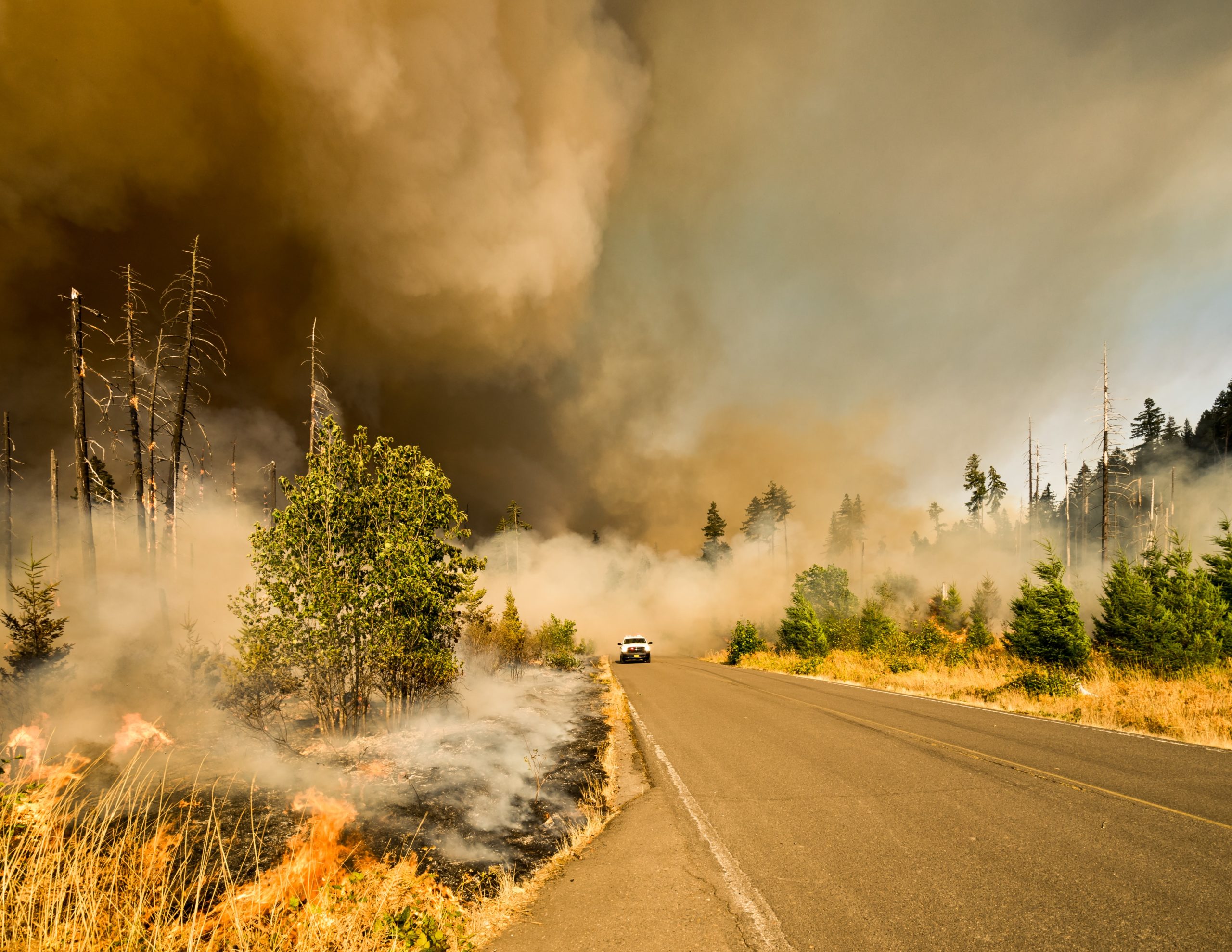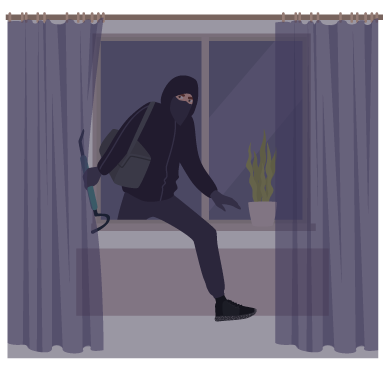Selecting the right security system for your home or business is a crucial decision that…

Stay Safe During a Natural Disaster
How to keep your home safe during a natural disaster
Severe storms, wildfires, and flooding are rising, with the number of disasters over the last 50 years having increased fivefold. That is a scary statistic, but thankfully due to early warning technology and people taking preparation measures into their own hands, the number of casualties due to these events has fallen by two-thirds. Seeing no signs of these events slowing, we thought it would be a good idea to make sure that if you have to evacuate your home due to a natural disaster, you’re prepared, and your home is secure. Ensuring your home is strong enough to withstand high winds, your landscapes are pruned sufficiently to survive a wildfire, and your home is non-inviting enough to deter looters is key.
-
Take an inventory of your home
Having an up-to-date inventory of your belongings makes it much simpler to apply for disaster aid after the disaster has passed. It will also speed up the process of filing claims with your insurance company about damaged or destroyed possessions.
Some apps are available, like Home Contents or Sortly, and your insurance company might have a helpful tool too. It’s also an excellent idea to take photos of your home and belongings. For expensive appliances, make sure you also take pictures of the serial numbers and save all of these images to a preparedness folder on an online database, like iCloud or Dropbox.
-
Update your home insurance policy
Long before an evacuation order goes out, we highly recommend you review your insurance policy for the necessary coverages. Your insurance may vary depending on where you live and the hazards in your area, so adjust based on your needs. Also, if you’ve recently remodeled your home, ensure your insurance is updated to cover the new additions fully.
If you’re not a homeowner, renters’ insurance is your friend. Make sure it at least covers the majority of your belongings. Consult your insurance company to determine what is and isn’t included in your current policy and add what is missing.
-
Keep enough food and water for two weeks
Some people will tell you that 72 hours or three days of supplies is enough, but we feel that two weeks is the safer bet. You don’t know how many people will be affected by the disaster, and assistance might be stretched thin. It’s always best to ensure you and your family are taken care of rather than be wholly dependent on emergency services. Purchasing long-lasting emergency food that doesn’t require cooking is highly recommended. Make sure to store all of this in a safe and accessible location for ease.
Also, when the order to evacuate comes, grab all of your perishables from the fridge and eat them first. Adding a couple of days to your food stores is never a bad idea.
-
Turn off your utilities
It’s essential that you know where and how to connect and disconnect your utilities like water and electricity safely. This is a good skill, even if you aren’t prepping for a natural disaster.
-
Clean up your yard
If you’re in a wildfire zone, removing any dry brush and dead trees and cutting back branches that hang over your roof are chores you should keep up throughout the year. However, in the case of an oncoming disaster, it’s recommended that you trim back bushes and weeds and remove any firewood in a 30-foot radius of your home.
-
Strengthen your home’s defenses from looters
Repair your doors and door frames, especially sliding glass doors. You want tight and secure seals on all your entry points, including windows. Seal and reinforce any cracks or openings. Install security cameras and other burglar deterrents. Evacuations are, unfortunately, a peak time of activity for looters. Many IoT devices allow you to control systems in your home while you’re away, which can give your home the outward appearance of being inhabited. If it looks like you’re sheltering in place, looters will most likely pass up your home and instead choose a more accessible, empty location.
When you’re ordered to evacuate, ensure all entry points are tightly closed and locked, motion-sensitive lights are set, and your valuables are hidden away (time permitting).
When it comes to evacuation, time is not on your side, and preparedness is the best tool in your bag. You won’t be allowed to return to your home until the area has been deemed safe, so you must have everything you need for your journey and your home in as safe and secure a condition as possible before a natural disaster occurs. A disaster preparedness checklist of needs and must-do’s will help ensure you don’t miss anything when under the stress of an evacuation.
If you have any questions or want to learn more about what you can do to prepare your home and ensure your family’s safety in the event of a disaster, you can always call the knowledgeable professionals at Alarm Solutions.
Stay safe!



